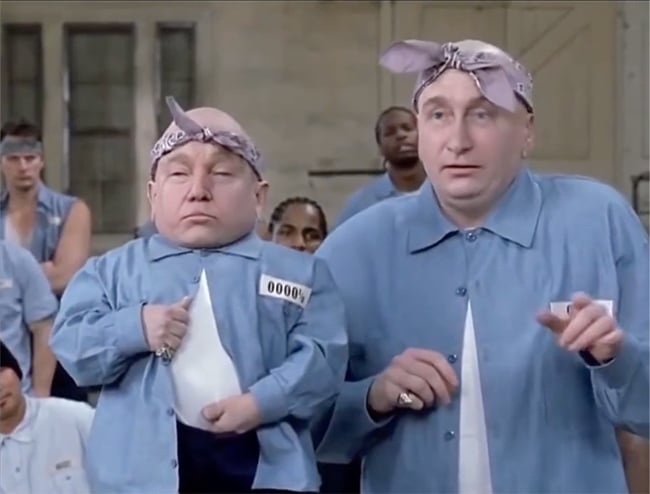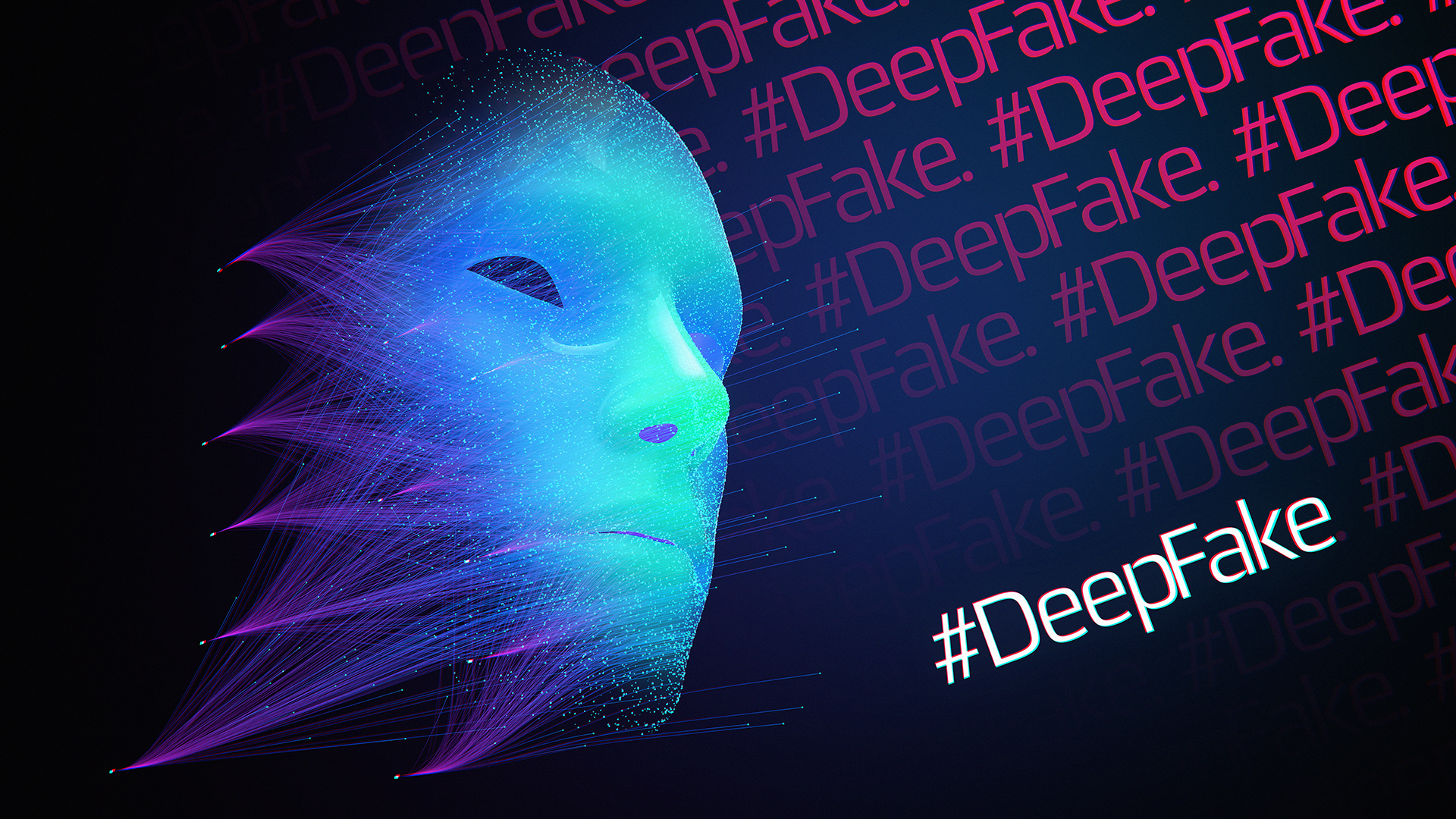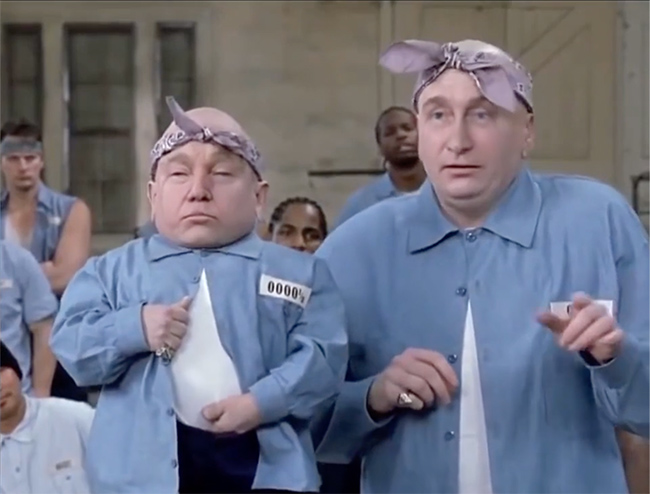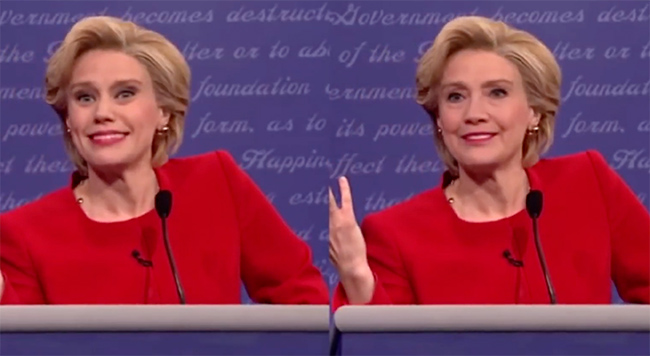

Most of the press coverage of “deepfake” videos has focused on how disturbingly funny they are, the security implications of the videos and the threat they pose to democracy. But there's another elephant in the room.
In this vortex of press coverage, one aspect has been overlooked: the challenge that deepfake poses to filmmakers. If you are a documentary filmmaker and have spent many hours to get a politician on tape, it’s worrying that some tech pro can (theoretically) get the same footage without leaving their bedroom.
Maintaining authenticity and trust in your filmmaking is more difficult than ever. But there are some techniques for doing so.
The Rise of Deepfake
As has been well covered, deep fakes were originally used for porn. It’s a cliché to say that pornography is the driver of every new advance in filmmaking tech, but in the case of deep fakes this is true.
The problem, in 2019, is that deep fakes are now far more common and are being used for far more than porn. Alongside Hollywood actors, politicians are now a popular target. Political deep fakes have been produced with the explicit intention of slanting elections, both in the US and elsewhere. For audiences not used to fact-checking videos, they can be very effective. That’s why several analysts have argued that deep fakes are a threat to democracy.
That may or may not be true. But deep fakes are definitely a threat to documentary film-making.

Most Deepfakes until now focus on humour
The Threat For Filmmakers
There are a number of key threats that deepfake presents for filmmakers. The most obvious is the way the deep fakes undermine the authenticity and trust in films made the ‘old fashioned’ way. But before I get to that, it’s worth thinking about another issue: the legal ramifications of the rise of the technology.
At the moment, the legal framework is a mess when applied to deep fakes. Individuals have no recourse to the law if their image is used to make these videos, but equally, filmmakers have only limited protection if their footage is stolen and re-used. If your footage is stolen, not only are you losing many hours of hard work, you are also contributing to the undermining of your own industry. Before thinking about trust and authenticity issues, therefore, you should make sure you protect your footage by using the most secure cloud storage you can afford. This is especially important today, as even the best cloud storage providers like Dropbox and pCloud have shown their infrastructure can be more difficult for hackers to break into.
The major issues with deep fakes, though, is that they threaten to destroy the value of filmmaking itself. If no-one can trust film, no-one will trust your film. Whilst this is particularly of concern to documentary filmmakers, it also has implications for the entire industry.

The implications in terms of trust in filmmakers work could be grave.
Retaining Authenticity
At a basic level, the way to combat the rise of deepfake seems pretty obvious: stress the authenticity of your films. But creating and retaining authenticity has been a concern for filmmakers since the inception of the media and is easier said than done.
As of 2019, proving that your footage is legitimate is still not that difficult. As WIRED has pointed out, deep fakes are still pretty easy to spot because of the slightly unnatural way in which ‘people’ act in these videos. As the technology develops, though, it’s likely that deep fakes will get harder to spot. And what do we do then?
As a filmmaker, it’s critical that you establish the fact that you have genuine access to your sources. This can be done by including footage that is (currently) difficult to fake: shots of interviewees outside of the ‘talking head’ format, or lighthearted moments that a deepfake author is not likely to include.
You might think that sounds like familiar advice and you’d be right. Most film schools have been saying the same thing for decades. In this sense, then, building trust with your audience today relies on exactly the same techniques that we used last year, last decade and last century.
The Opportunities of Deepfake For Filmmakers
For fiction film-making, the rise of deep fakes is both more and less problematic. The opportunities of deepfake in this type of film-making are various: the ability to use post processing to change scenes at a deep level and (eventually) even the ability to ‘design’ actors from the ground up.
Because of these opportunities, it’s worth pointing out that the rise of deepfake is not completely negative for filmmakers. Whilst it threatens to undermine trust in film, it also offers almost unlimited possibilities for creative filmmaking.
In fact, taking advantage of these new technologies is one of the best ways to understand how they work and how best to differentiate your ‘normal’ filmmaking practice from them. There are plenty of guides available on how to make a deep fake and the process can be very instructive in terms of helping you to understand your current practice.
Tags: Post & VFX


Comments